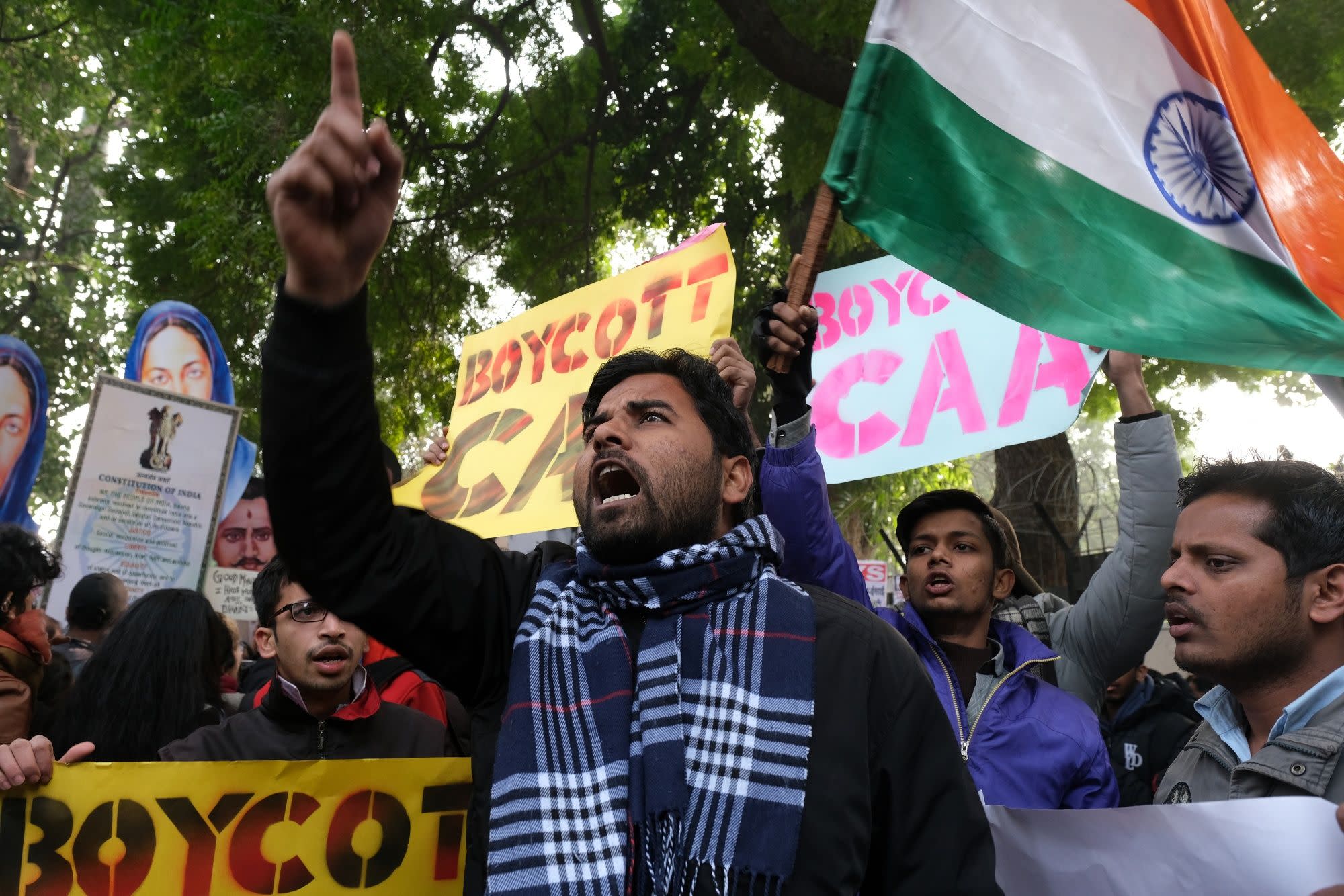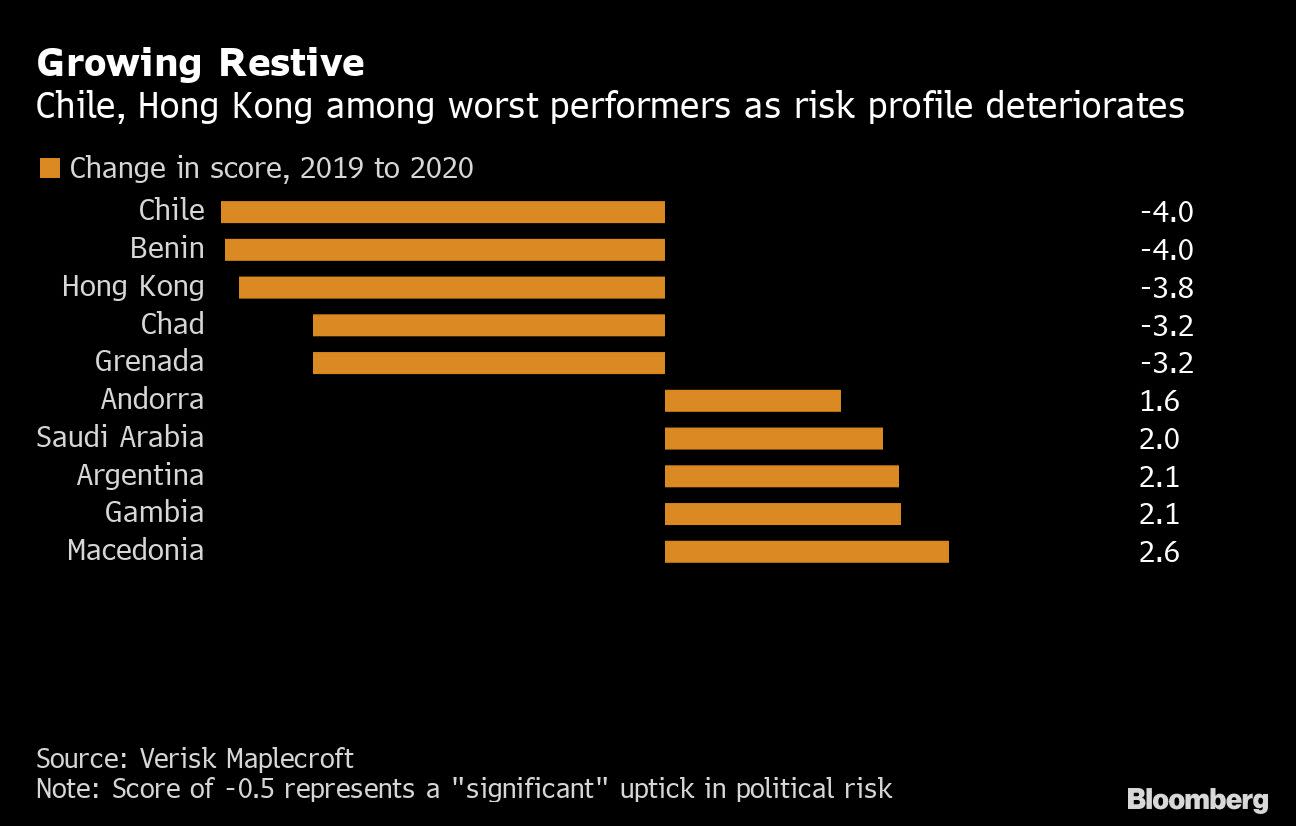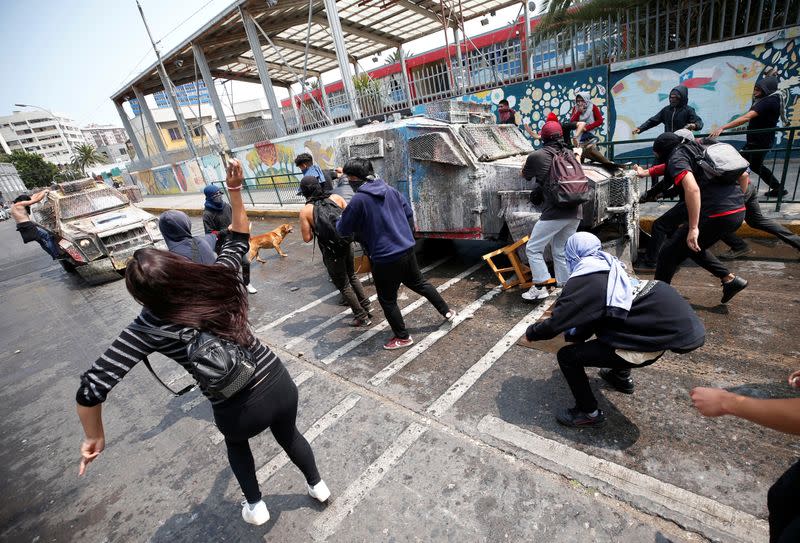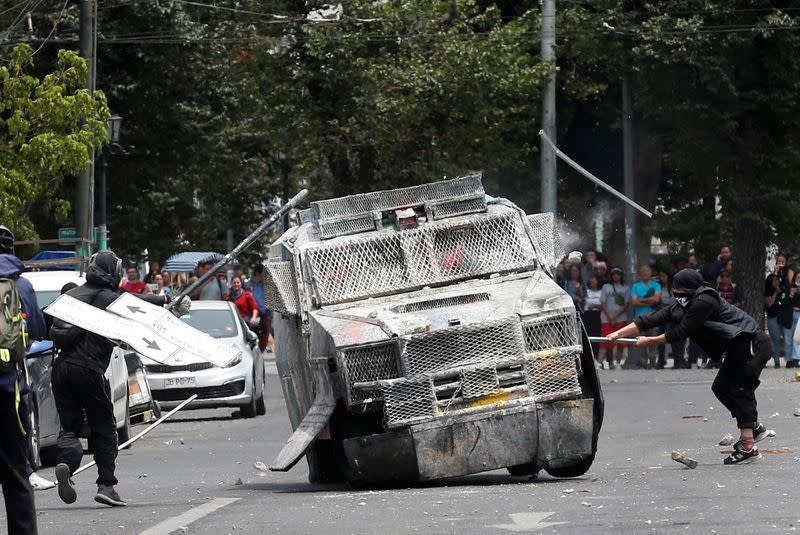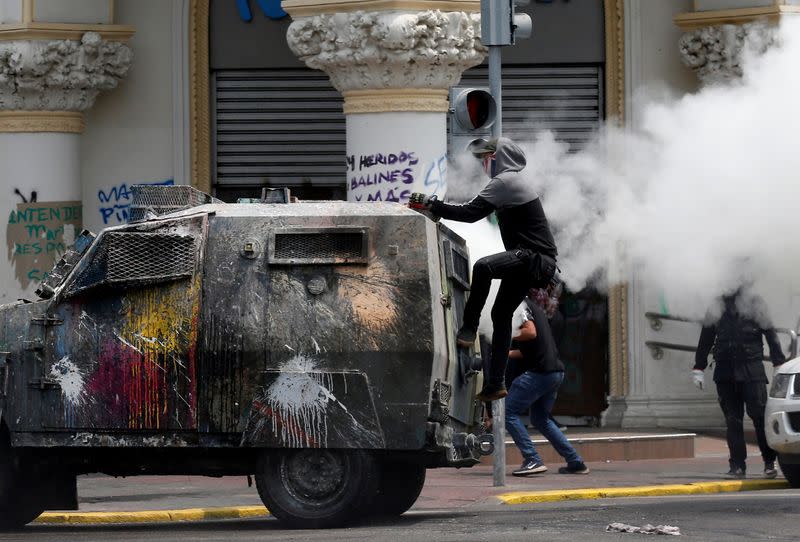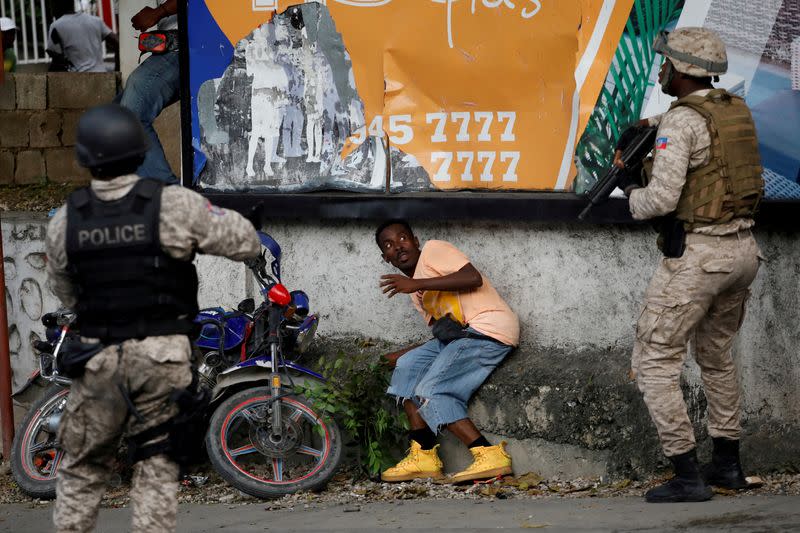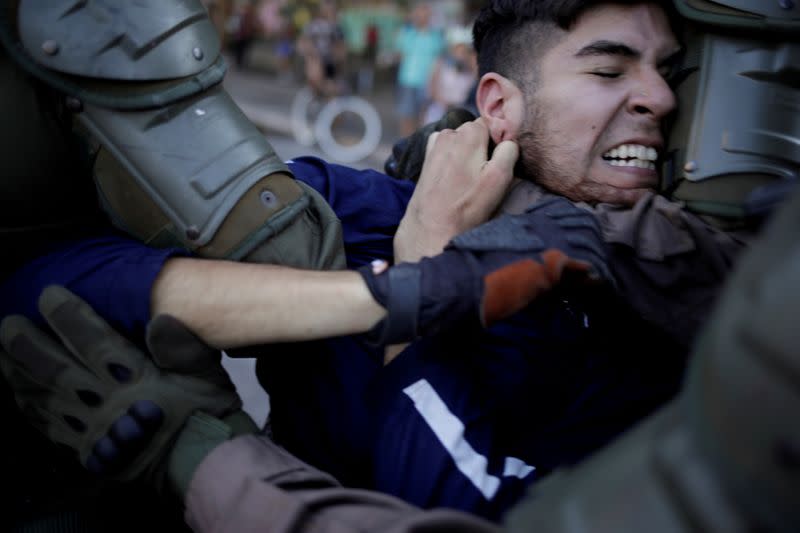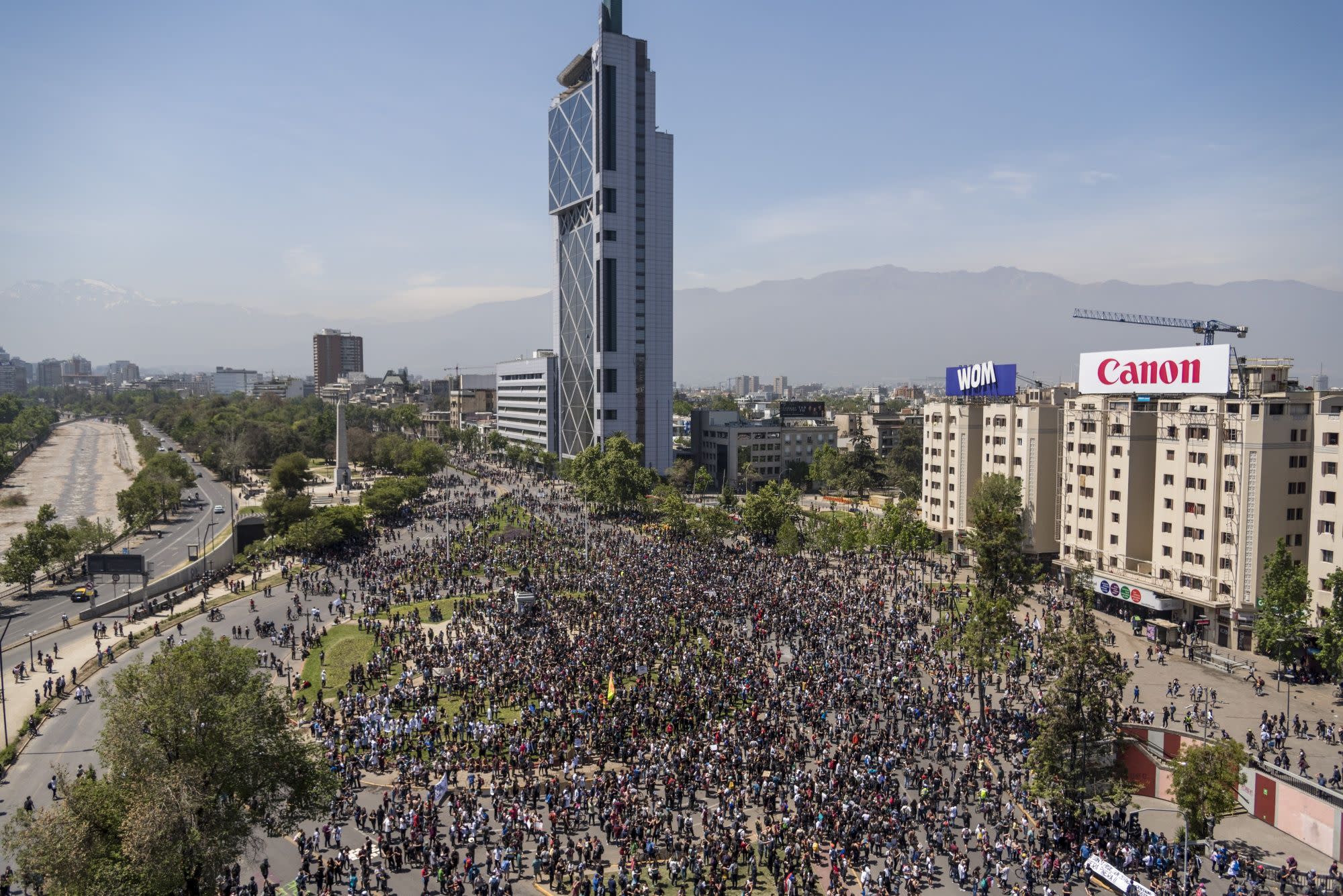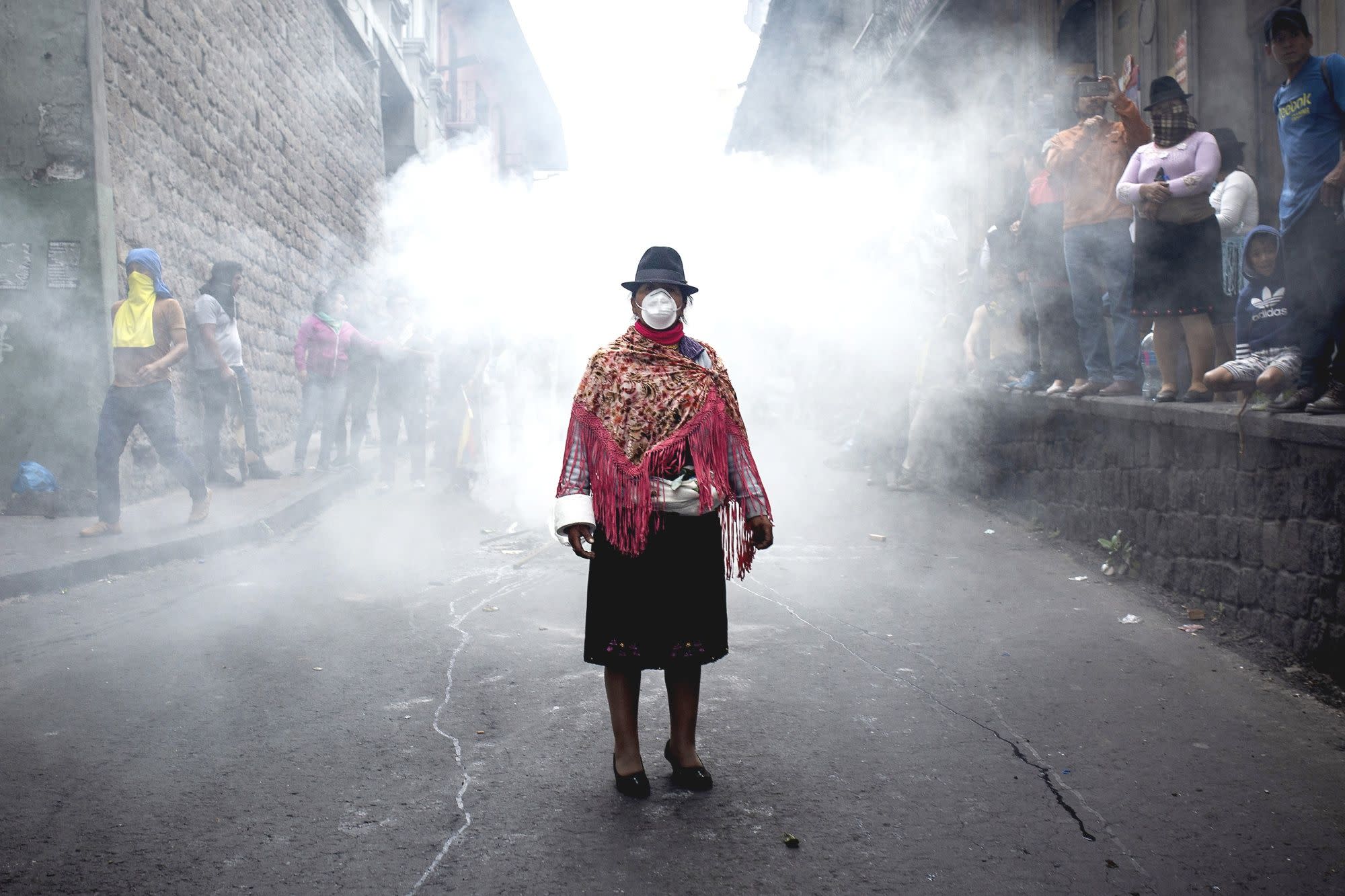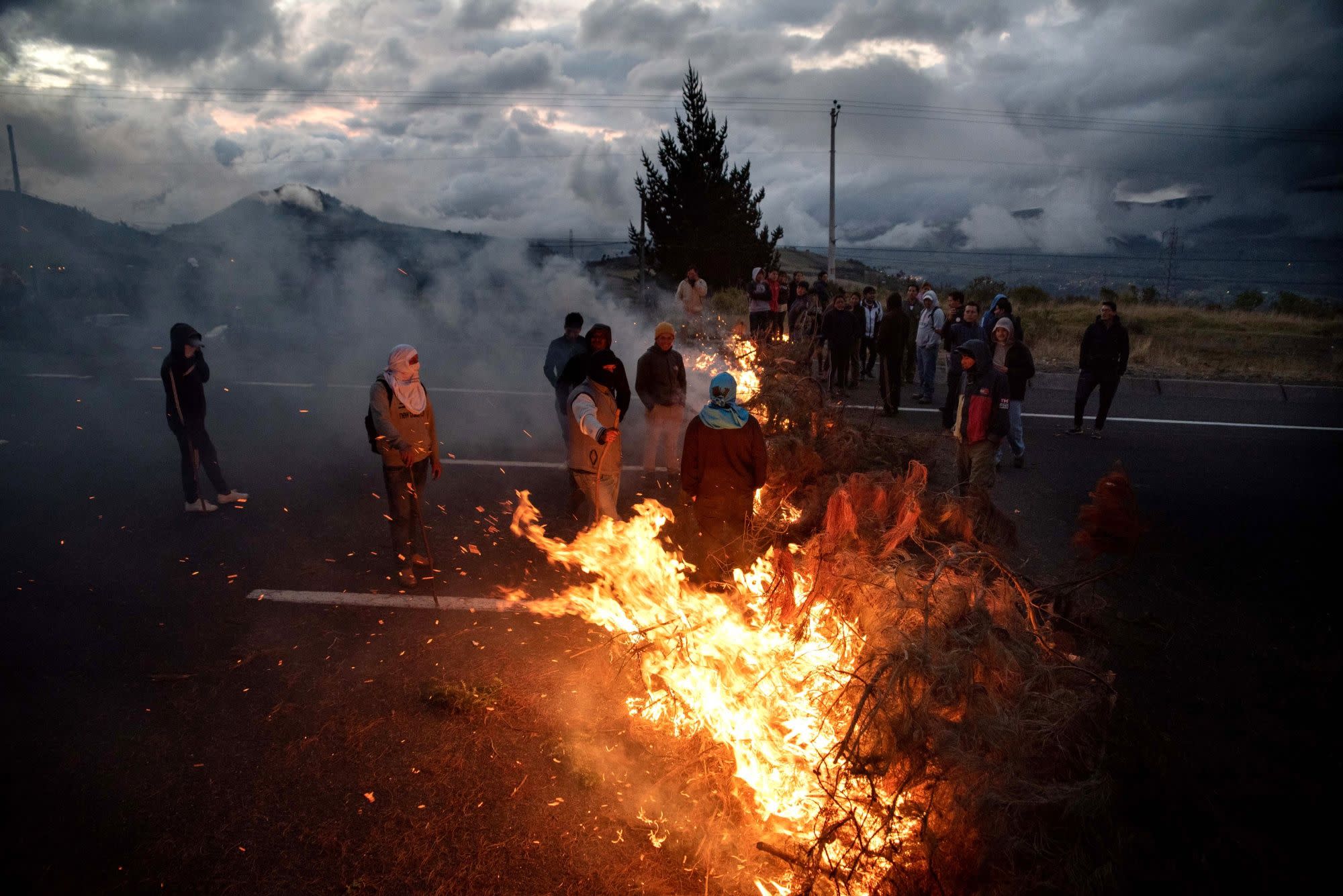Modi’s Party Earned More Last Year Than All Its Rivals Combined
Archana Chaudhary, Bloomberg•January 17, 2020
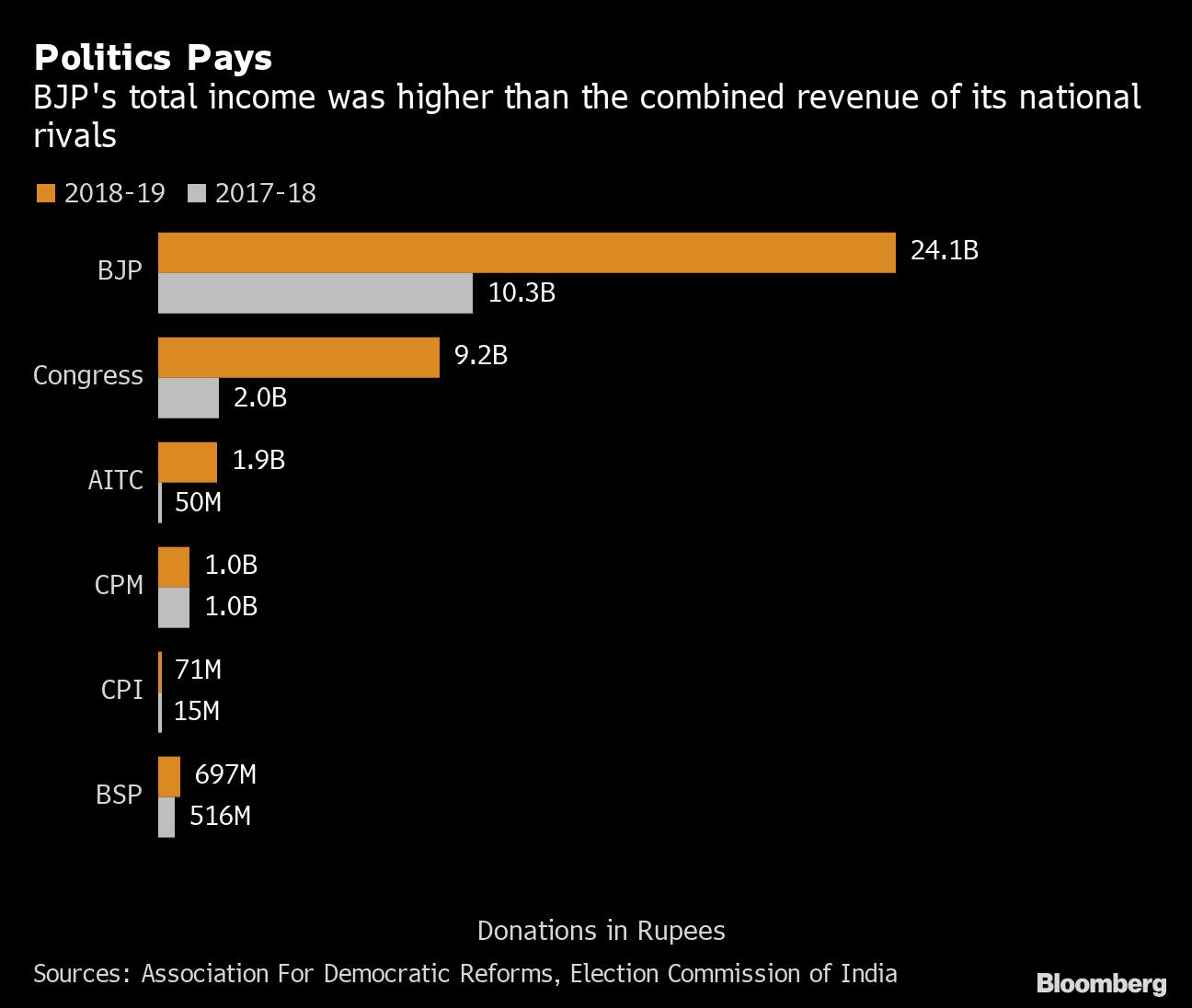

1 / 2
Modi’s Party Earned More Last Year Than All Its Rivals Combined
(Bloomberg) -- India’s Prime Minister Narendra Modi’s ruling party more than doubled its income to $339 million in the financial year ended March 2019 ahead of federal elections, which is more than twice that of its five major rivals put together.
About two-thirds of the Bharatiya Janata Party’s income, or 14.50 billion rupees ($204 million), came from opaque financing instruments called electoral bonds. These bonds allow individuals as well as corporations -- including those partly owned by foreign entities -- to fund political parties anonymously, according to a report by the Association for Democratic Reforms, which cited the latest data from the Election Commission of India.
The BJP swept to a second term in office in May 2019, winning more than 300 seats out of 545 in India’s Lok Sabha or lower house of Parliament, giving Modi a powerful mandate.
The BJP’s largest rival, the Indian National Congress, reported 41.7% of its total income of 9.18 billion rupees came from electoral bonds, the report said. The only other national party to report income from electoral bonds was the All India Trinamool Congress, which received half its revenue of 1.92 billion rupees through the instrument.
Although the ruling BJP’s income jumped to 24.10 billion rupees from 10.27 billion rupees in 2017-18, its political competitors reported higher percentage hikes. The main opposition Congress party earned four-and-a-half times more in the financial year before the national elections. The biggest jump in income, 40-fold, was reported by the Trinamool Congress, which dominates West Bengal, a state that is due to go to the polls early 2021. India’s largest left party the Communist Party of India (Marxist) was the only national grouping to report a fall in income by 3.7% compared with 2017-18, according to the report.
Gopal Krishna Agarwal, BJP’s spokesman for economic issues, and Abhishek Manu Singhvi, Congress’ spokesman, didn’t immediately respond to messages seeking comment.
Sharp Rise
Indian political parties have shown a sharp rise in income after the government introduced electoral bonds in 2017-18. Although the BJP has consistently accounted for the highest income in Indian politics, its declared revenues have soared in 2018-19 by 148% from 9.70 billion rupees in 2014-15, the year Modi first came to power. The Congress, which had seen its income drop after 2014-15 when it lost power, reported a rise in income after the anonymous donations system of electoral bonds was introduced.
Despite the name, the bonds bear little resemblance to the promissory notes investors are familiar with where buyers are paid interest. Anyone can buy an electoral bond at the government-owned State Bank of India. They are then delivered to a political party, which can exchange them for cash. They don’t carry the name of the donor and are exempt from tax.
BJP’s former finance minister Arun Jaitley, who first announced plans for the electoral bonds in 2017, had argued they would improve transparency because they are banking instruments and every political party has to disclose how much it received. Prior to this, Indian political parties received most of their donations in cash.
India’s campaign finance overhaul began in 2017, when Parliament approved an amendment that made it easier for companies to donate to political parties, including removing a cap on corporate donations -- the maximum used to be 7.5% of a company’s average net income over three years. Requirements for companies to disclose how much they donated and to which party were also eliminated.
The latest income declarations are part of the audited income tax filings submitted to the independent Election Commission of India.
©2020 Bloomberg L.P.
